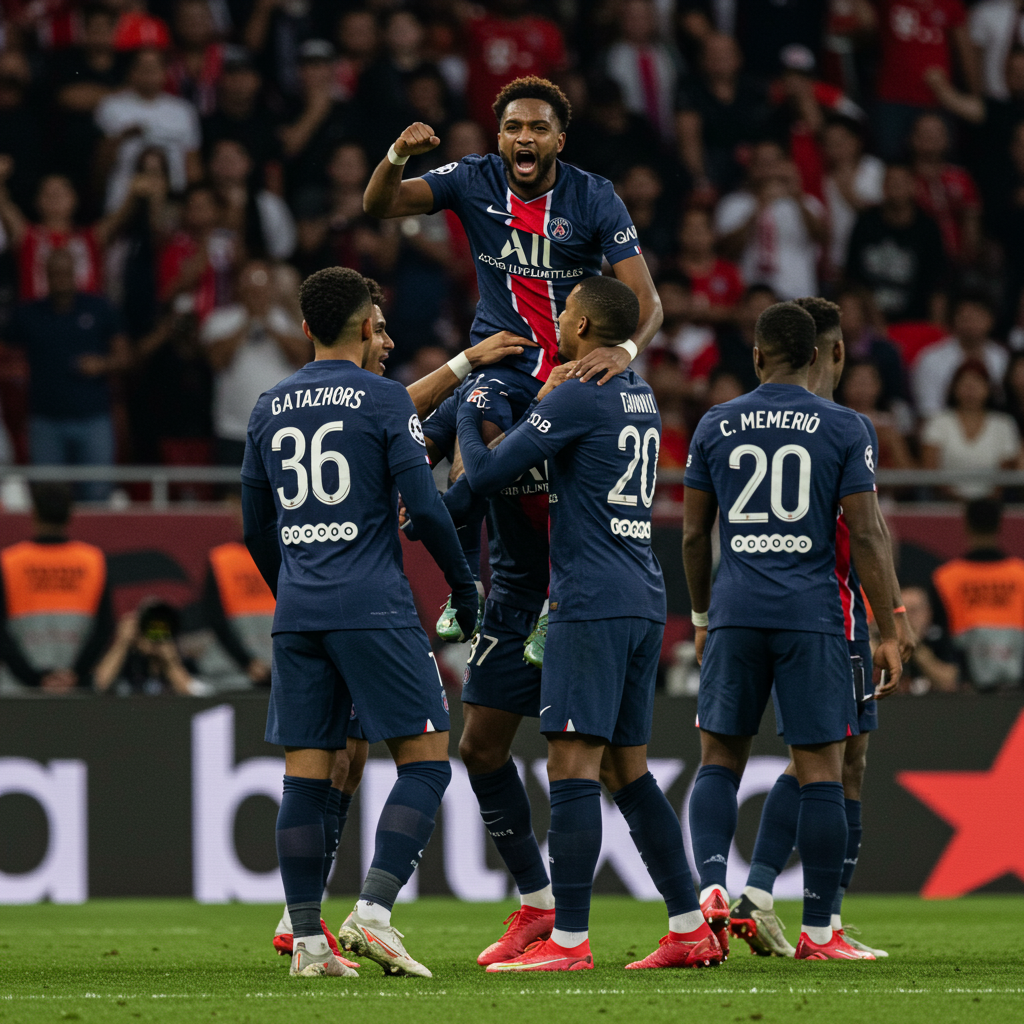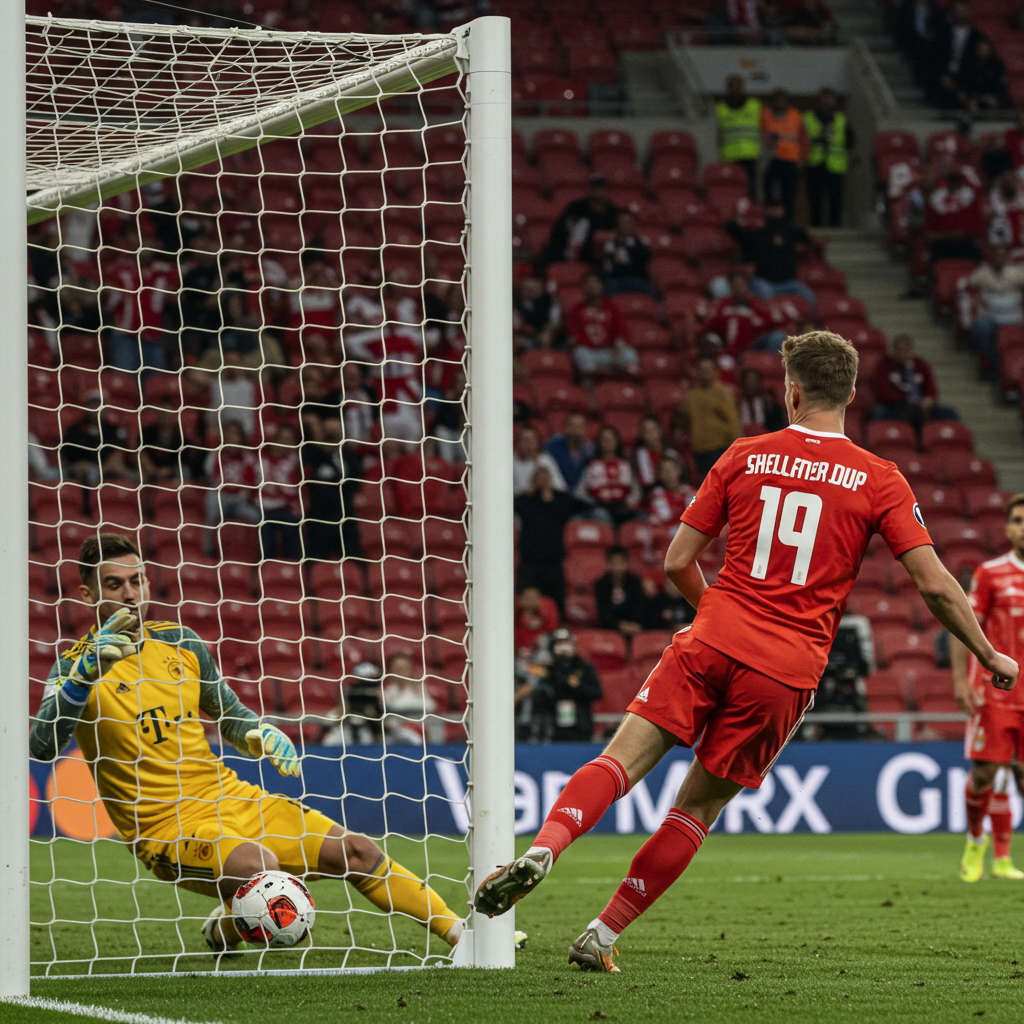The Formula 1 paddock is a complex arena, blending high-speed racing with intricate media strategies. At the heart of recent discussions lies the future of Max verstappen, currently the sport’s undeniable benchmark driver. Sorting through the speculation surrounding his potential departure from Red Bull for Mercedes requires careful analysis of key figures’ statements and the underlying power dynamics.
This isn’t merely paddock gossip; there’s a tangible possibility, however remote it might seem currently, that the reigning world champion could start the 2026 season in Silver Arrows colors. This scenario is significant enough to keep the spotlight firmly fixed on the situation. The notion of Verstappen ending his long-standing relationship with the Red Bull family, which began with Toro Rosso over a decade ago, is a genuine consideration, not unfounded rumor.
The Mercedes Side: Open Arms and Strategic Optimism
Leading the charge for Mercedes is Team Principal Toto Wolff, who has publicly left the door open for the four-time world champion. This isn’t just polite chatter. Mercedes-Benz Group chairman Ola Kallenius, a figure who rarely speaks publicly about F1 driver matters, weighed in during the Spanish GP weekend. His pointed remark to Sky Germany – “The best drivers want to drive the best cars. Our job is to put together the best package possible, and I think Max would look good in silver” – carries significant weight.
This statement from the highest echelons of Mercedes suggests Verstappen is highly regarded within the company’s Stuttgart headquarters. From Kallenius’s perspective, securing a talent like Verstappen appears a pragmatic asset with minimal perceived downsides. However, the view from the team’s Brackley base is more nuanced.
The Mercedes team is approaching the radical 2026 regulatory overhaul with considerable optimism. After four challenging years, they see this as their prime opportunity to reclaim dominance. Their 2026 power unit project, in particular, is generating buzz, with whispers suggesting it could be a class leader in the new engine era. This potential power advantage makes the prospect of adding F1’s most formidable driver highly appealing.
The Red Bull Context: Cracks in the Empire?
While Max Verstappen is under contract with Red Bull until the end of 2028, reinforced publicly by Christian Horner and Helmut Marko, contractual obligations in F1 often include performance clauses. Realistically, no team can force a driver of Verstappen’s caliber to stay if he’s determined to leave; they can only negotiate the terms of an exit. Adding fuel to the fire are the growing pressures within Red Bull.
Despite securing championships, the team showed signs of strain in late 2024. The car’s performance relative to rivals like McLaren and Ferrari diminished significantly in the latter half of the season, struggling with balance issues. The high-profile departure of design guru Adrian Newey further destabilized the technical structure. Newey’s exit was reportedly influenced by internal politics, including disagreements over credit for car design success and the broader implications of the Christian Horner situation, which created visible tension within the leadership.
Verstappen’s father, Jos, has been openly critical of Horner’s continued leadership, warning of team instability – concerns seemingly validated by subsequent personnel departures. This internal discord, coupled with the technical challenges and the inherent gamble of developing their own engine for 2026, provides a plausible rationale for Verstappen and his management to evaluate options. Exploring interest from Mercedes could also serve as leverage to push for desired structural changes or performance improvements within Red Bull.
High Stakes for Mercedes: The Pros and Cons of Signing Max
Bringing Max Verstappen to Mercedes would be a move of immense consequence. On the upside, acquiring the driver widely considered the best on the grid could be the decisive factor if Mercedes (or customer team McLaren) nails the 2026 power unit and chassis regulations. His ability to extract maximum performance from any package is unmatched. Furthermore, signing Verstappen would be a major strategic blow to Red Bull, weakening a key rival, especially given the competitive tension between the two teams.
However, the potential downsides for Mercedes are substantial, particularly concerning their carefully cultivated driver development program. For years, Mercedes has invested heavily in George russell and Andrea Kimi Antonelli, seeing them as the future. Russell joined the junior program in 2017, followed by Antonelli in 2019. Both have been meticulously guided through the ranks towards the factory team.
If Verstappen arrives, indications strongly suggest George Russell would be the one to make way. This would effectively discard nine years of investment in Russell, who is currently performing at a high level and would likely seek a complete release. The impact on Antonelli, expected to potentially debut or enter his second season in 2026, is also a major concern. Pairing a young, developing driver with the “ultimate team-mate killer,” known for demanding a team built around him, carries a significant risk of hindering Antonelli’s progress or even derailing his F1 career before it truly begins. Preserving Wolff’s long-term junior program vision could be compromised.
Other potential negatives include how success would be perceived. If Mercedes dominates with Verstappen, credit might overwhelmingly fall on him, seen as simply continuing his winning streak. Conversely, if the 2026 project underperforms, Verstappen is unlikely to be as patient or easy to manage as Russell, potentially creating significant leadership challenges for Wolff and the team.
Mercedes’ Driver Debate: Verstappen, Russell, or Antonelli?
The possibility of signing Max Verstappen forces Mercedes into a difficult strategic decision regarding their 2026 driver line-up, sparking debate even among F1 experts. Three primary scenarios emerge:
Pairing Verstappen with Antonelli
One argument posits that combining Verstappen’s peak performance with Antonelli’s immense potential offers the best long-term strategy. Mercedes has long tracked Verstappen, and Antonelli is viewed internally as a future star. Placing the young Italian alongside the sport’s benchmark driver could dramatically accelerate his learning curve, mirroring successful pairings like Norris-Piastri at McLaren. This would provide an immediate championship contender while actively nurturing the next generation, showing clear faith in Antonelli’s future within the team.
Pairing Verstappen with Russell
Another perspective prioritizes assembling the strongest possible line-up right now. George Russell is a proven, front-running driver, having gone head-to-head with Lewis Hamilton and even outperformed him in a challenging season. He is considered a “finished product” ready to contend. If Verstappen is genuinely available, this view argues the logical, albeit potentially “brutal” decision for Antonelli, is to pair the two most experienced and currently highest-performing options. Antonelli could gain experience elsewhere, perhaps with a customer team like Alpine, before a possible return.
Sticking with Russell and Antonelli
A third viewpoint advises Mercedes to abandon the Verstappen pursuit and commit fully to their existing plan: George Russell and Andrea Kimi Antonelli. While acknowledging Verstappen’s talent, this argument highlights his history of dominating teammates and potentially overshadowing development efforts. Disrupting Antonelli’s trajectory for Verstappen, whose long-term commitment to F1 has occasionally been questioned, is seen as counterproductive if Antonelli is truly viewed as the future. In an era of major rule changes, stability and continuity with the Russell-Antonelli pairing could foster harmonious development and allow Mercedes to build a new period of dominance around this duo.
Verstappen’s Angle: Contract, Leverage, or Pause?
While Verstappen’s contract runs to 2028, the reality of F1 driver mobility means exit clauses (often tied to performance metrics) exist. More importantly, if a driver truly wants out, teams typically negotiate terms rather than force compliance. Verstappen’s camp may be genuinely evaluating his future due to perceived stagnation at Red Bull and the uncertainty surrounding their 2026 engine project.
Discussions with Mercedes could be a genuine exploration of alternatives, particularly focusing on potential availability from 2027 onwards, once the performance landscape under the new regulations becomes clearer. Alternatively, the talks could be a strategic play by Verstappen’s management to pressure Red Bull’s leadership (perceived by some as a ‘monarchy’ under Horner) or spur performance improvements in the current car, which hasn’t been as dominant recently.
A more speculative theory is that Verstappen might be considering a sabbatical in 2026. After over a decade in F1, becoming a father, and expressing frustration with off-track drama, taking a year off could allow him to observe the new regulations and engine performance before committing to the strongest team for 2027. His increased focus on his own racing ventures outside F1 lends some credence to this idea.
The Road Ahead
The decision timeline remains somewhat fluid. Mercedes likely aims to finalize a deal with George Russell for 2026 before the F1 summer break. However, they are clearly keeping their options open for Max Verstappen, especially for 2027, to avoid him potentially joining a rival like Aston Martin if he does become available. Toto Wolff has indicated driver decisions will be made in the coming months, specifically mentioning the period leading up to the summer break. The complex interplay of driver performance, team politics, technical regulations, and market dynamics means the Max Verstappen-Mercedes saga is far from concluded.
Frequently Asked Questions
What makes Max Verstappen potentially consider leaving Red Bull?
Max Verstappen might consider leaving Red Bull due to several factors discussed in the article. These include the team’s perceived performance dip and car balance issues in late 2024, the high-profile departure of design chief Adrian Newey, reported tensions within the team leadership particularly linked to the Christian Horner situation, and the uncertainty surrounding Red Bull’s ability to build a top-tier engine package for the major 2026 regulation changes. Despite his contract until 2028, performance clauses can allow for early exit.
Where does Mercedes stand on potentially signing Max Verstappen?
Mercedes, led by Team Principal Toto Wolff and even Mercedes-Benz Group chairman Ola Kallenius, has publicly expressed interest in Max Verstappen. They are leaving the door open for a potential move, viewing him as a top asset. While their Brackley team base has long-term plans centered on George Russell and Andrea Kimi Antonelli and is focused on their promising 2026 power unit project, the opportunity to sign Verstappen is clearly being evaluated, likely for 2026 or, perhaps more realistically, 2027 onwards.
What are the potential risks for Mercedes if they sign Max Verstappen?
Signing Max Verstappen could pose significant risks for Mercedes. It would likely involve sacrificing their long-term driver development plan focused on George Russell and Kimi Antonelli, potentially undoing years of investment in Russell. Pairing Antonelli with Verstappen, known for intensely dominating teammates, could also hinder the young driver’s development. Furthermore, if the 2026 car isn’t dominant, Verstappen’s high expectations and demanding nature could create significant management challenges for the team compared to working with drivers like Russell.


